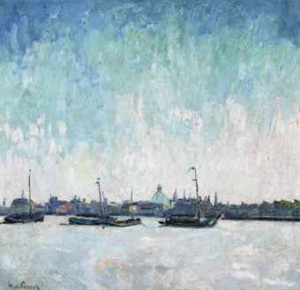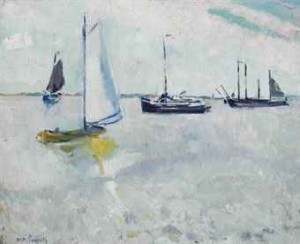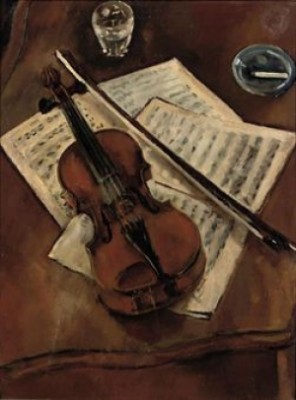Willem PAERELS
1878–1962, Netherlands/Belgium
Auction results
Browse authenticated auction records and market prices for artworks. These verified auction results provide valuable market data and price references.

A View Of Amsterdam Seen From The Ij

Sailboats Near Scheveningen (Executed ca. 1915)
